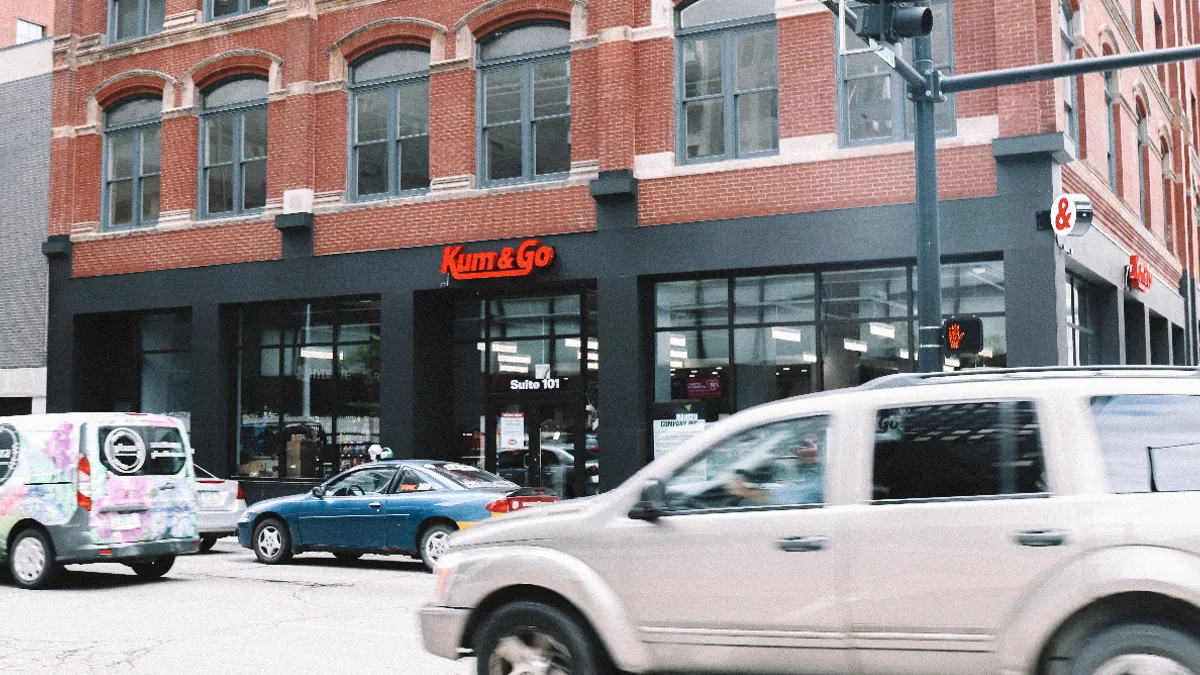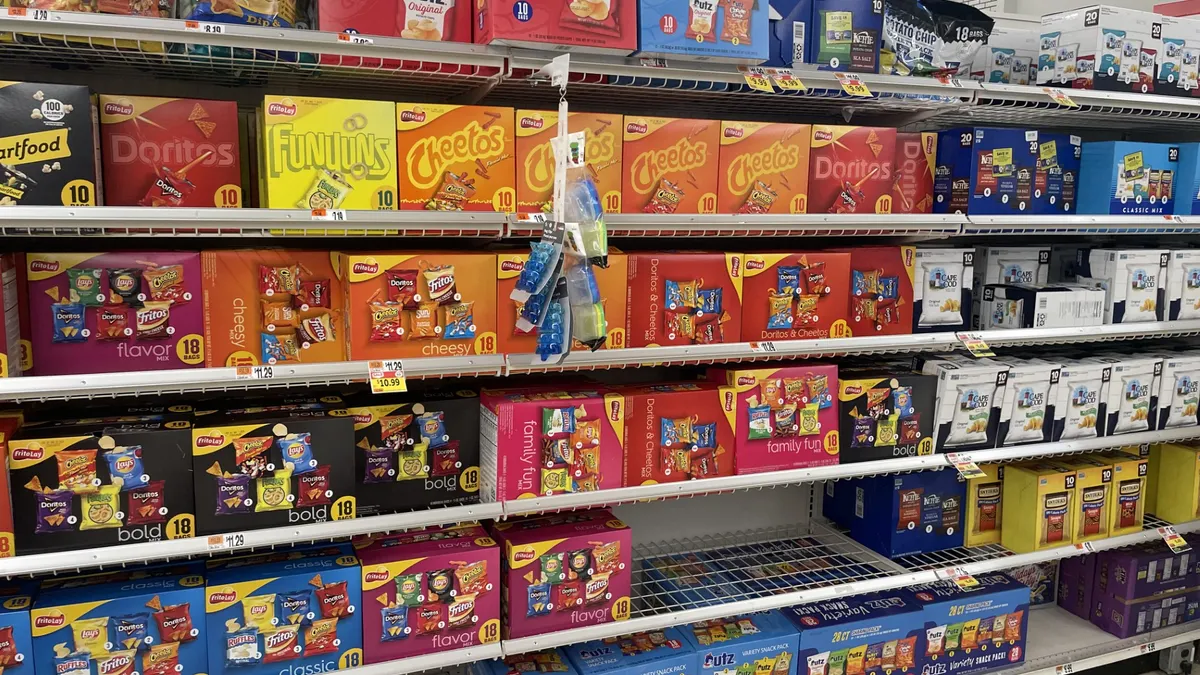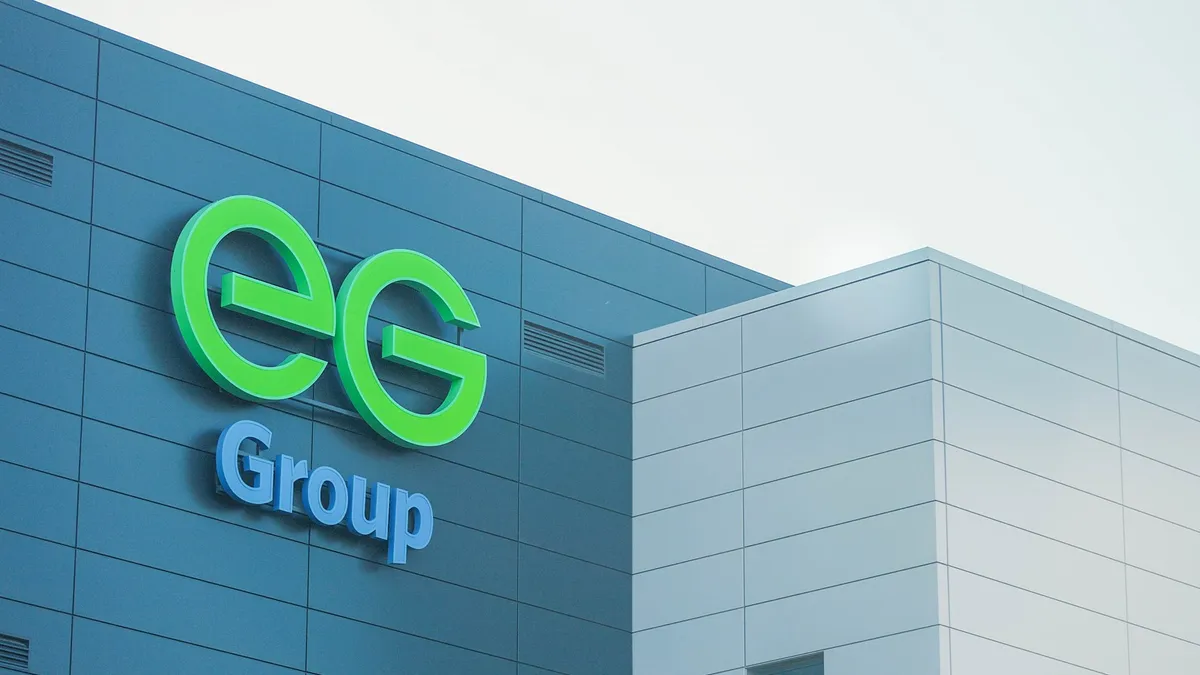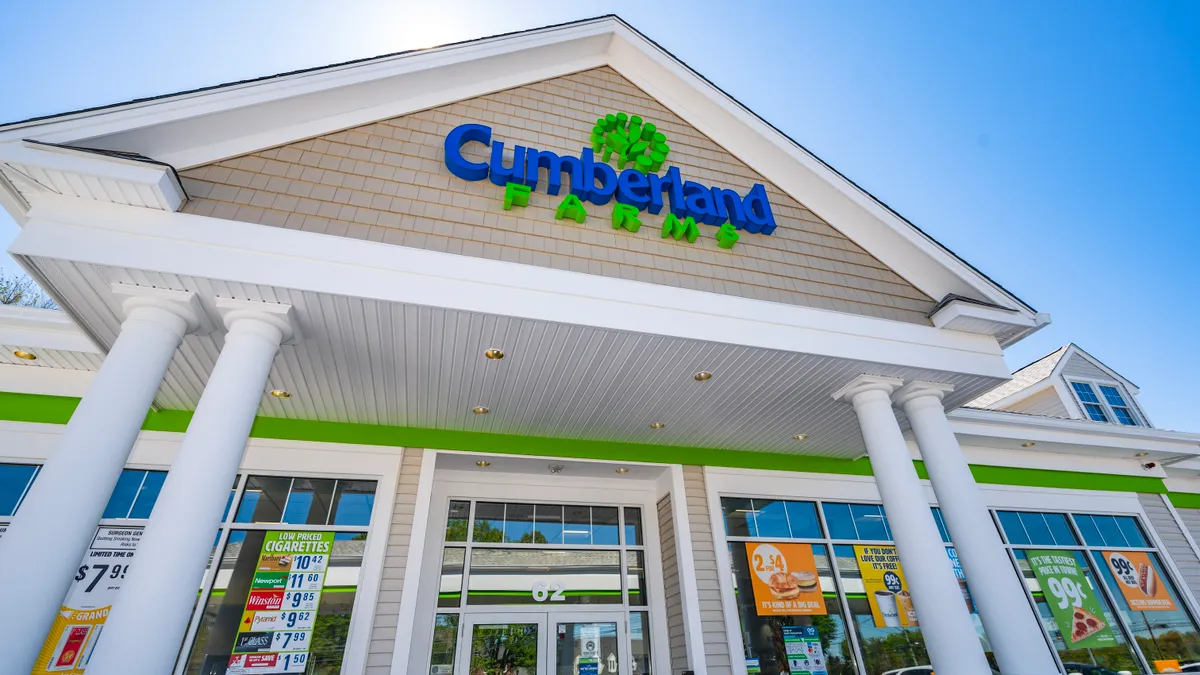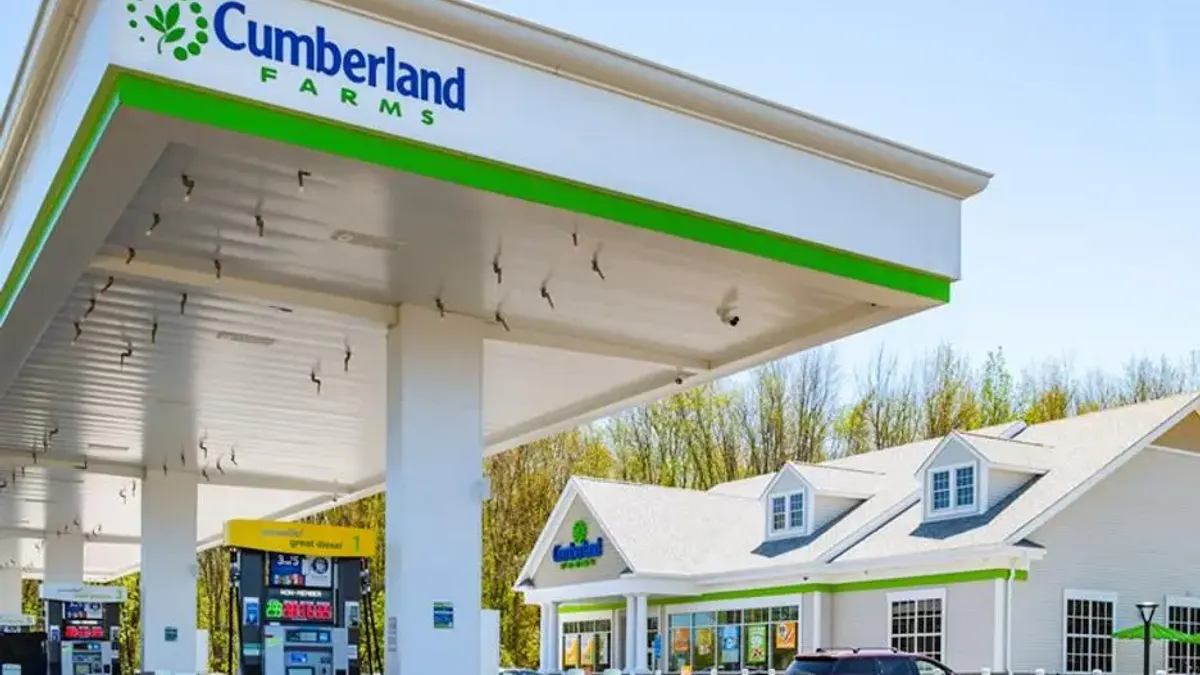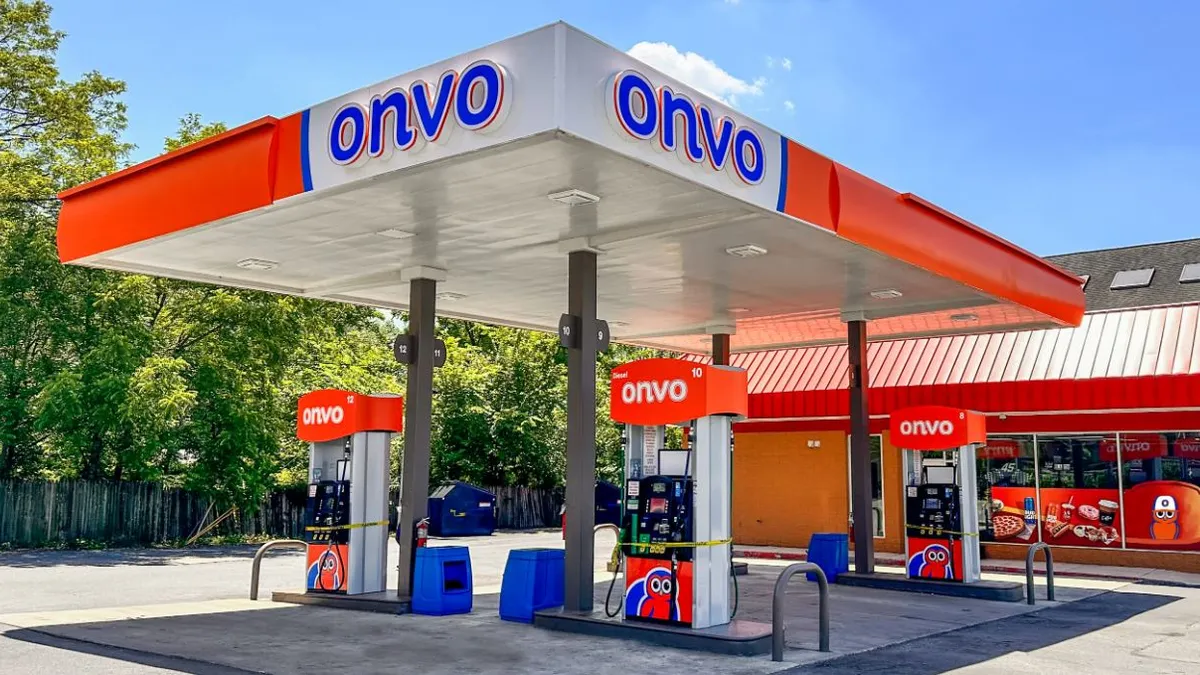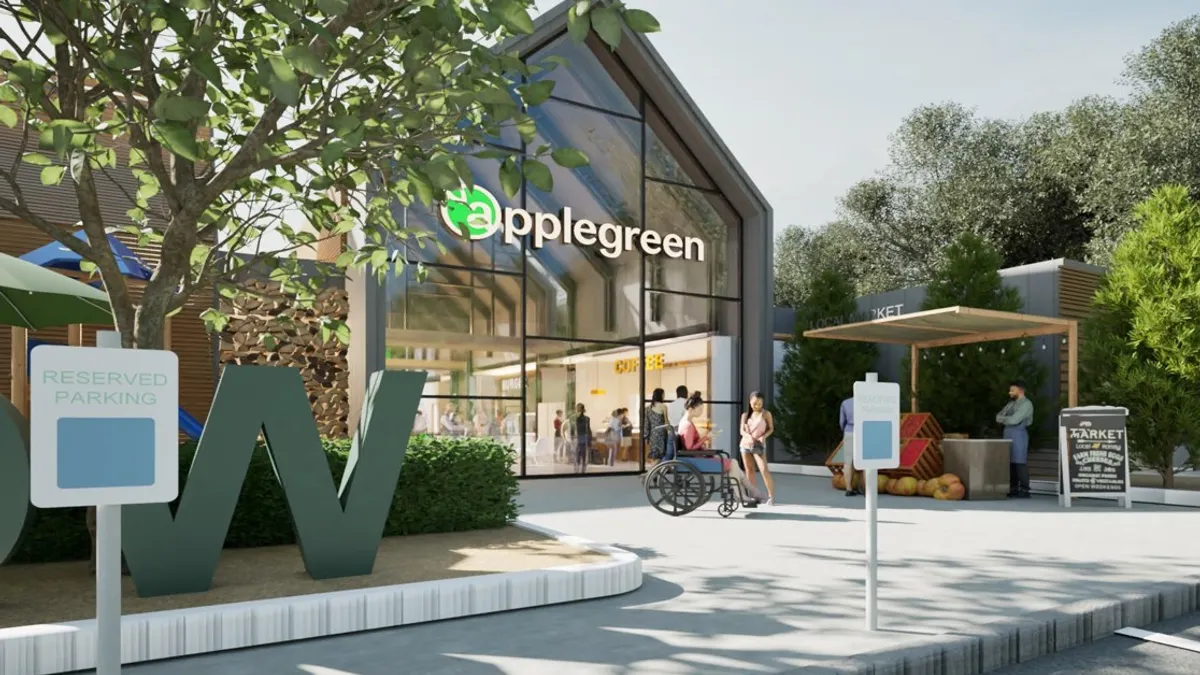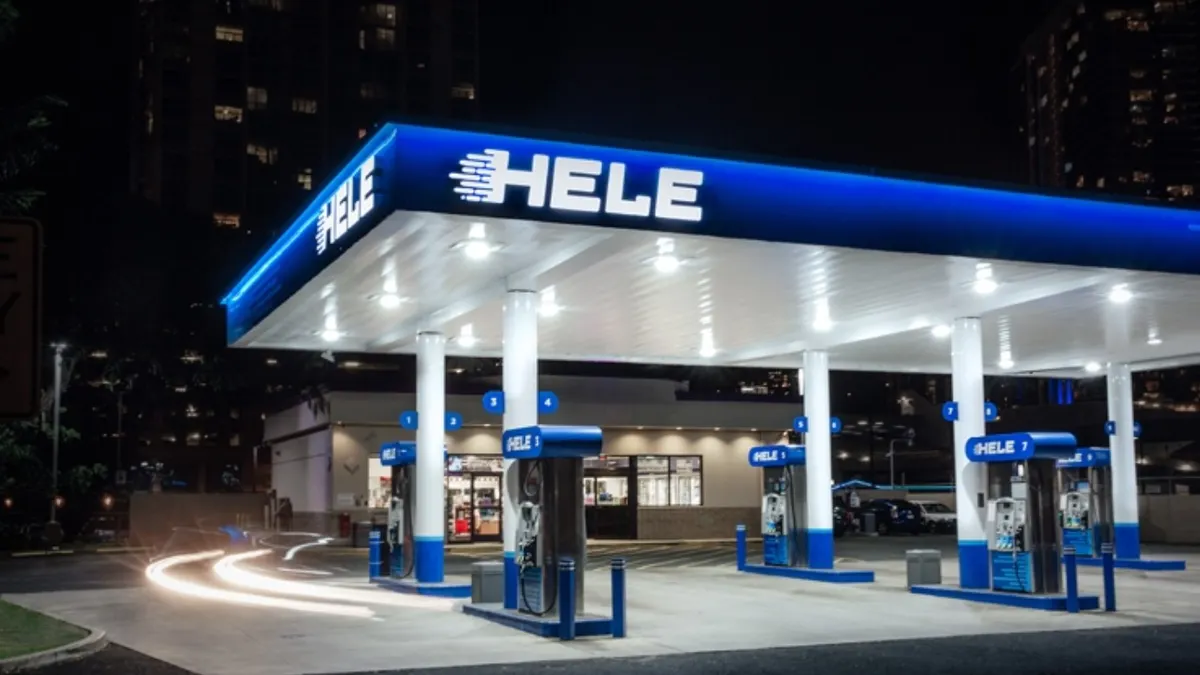As mergers and acquisitions heat up around the c-store industry, Midwestern chain Kum & Go may be on the move. A Wednesday Reuters report noted that the Des Moines, Iowa-based company is exploring a sale.
Founded in 1959, family-owned Kum & Go has grown into one of the largest and most notable c-store chains in the Midwest, operating more than 400 stores in 13 states. It is part of the Krause Group, which also owns an Italian soccer club, wineries, logistics companies and other businesses.
Former retailer and veteran c-store consultant Steve Montgomery said he was shocked when he heard the news, which a source familiar with the matter confirmed the accuracy of to C-Store Dive.
“I never thought of [Kum & Go] as being somebody that would be for sale,” Montgomery, president of c-store consultancy b2b Solutions, said in an interview.
While the source familiar with the matter told C-Store Dive there’s no confirmed timeline of when a sale of Kum & Go’s assets might occur, any move is likely to make waves throughout the c-store industry.
Here’s a look at why Kum & Go might be exploring a sale, and what it could mean for the rest of the landscape.
An attractive time to sell
News of Kum & Go’s potential sale comes amid a wave of growth for the retailer, which expanded into Utah and Michigan over the past eight weeks and detailed plans to open more than 50 stores in Detroit over the next several years. The company is also in the process of expanding to Idaho, which would be its 14th state of operation.
With so many initiatives in its pipeline — combined with an established following built through the years — why would Kum & Go want to suddenly sell?
“They may just feel, ‘Hey, you know what? We're growing, people see that we're expanding, this is a good time for us to explore the market,’” Montgomery said.
Now is also an “attractive” time for c-store operators in general to explore a sale, Michael Headly, director for global business consulting firm AlixPartners, said in an interview.
“I never thought of [Kum & Go] as being somebody that would be for sale."

Steve Montgomery
president of c-store consultancy b2b Solutions
Without mentioning Kum & Go specifically, Headly pointed to the various “headwinds” hitting the c-store industry — from inflation and labor woes to digital transformations and the decline in traditional fuels — as an opportunity for potential buyers to jump at a major acquisition and address these challenges.
“The headwinds that the industry is facing, and the capital that's available right now, make this a unique time for these larger chains to explore an opportunity,” he said.
The retailer’s growth plans have historically been “very strategic,” as its leadership has always spoken of building generational wealth over time, a former Kum & Go executive, who asked not to be identified by name, said in an interview.
An eventual sale of Kum & Go’s assets “could very well be a part of that strategy,” but would be deliberate, the former executive said.
“I don't think it's probably one that’s all of a sudden, ‘Oh my goodness, we need to do something quickly,’” the former executive said.
Still, Montgomery hasn’t ruled out an organizational shift or event that could have sparked Kum & Go to seek new ownership.
“Things change, and something may have happened internally that we're not aware of,” he said. “It's very difficult to determine why, but obviously, something made them make this decision at this time.”
Kum & Go declined to comment.
Deal options and potential buyers
The initial report from Reuters noted that Kum & Go is working with JPMorgan Chase & Co. to explore a number of options, including a potential sale of its assets, refinancing, real estate leasebacks or other types of recapitalization.
As with EG America’s sale speculation from last month, leaseback deals would include Kum & Go finding a buyer, and then leasing back its stores, essentially becoming a renter. In this scenario, nothing about its stores would change besides the fact that the Krause Group wouldn’t own them anymore.
Sale-leasebacks are often a means to fill short-term gaps and don’t solve the seller’s underlying structural cost and profitability issues, Headly said. However, since these deals involve “a huge influx of cash,” if deployed well, sale-leasebacks can go a long way, he said.
“If a lot of your holdings are in real estate, and you have a cash problem, then that's a great way to monetize your assets,” Headly said.
If Kum & Go were to sell its assets — valued at $2 billion, according to the Reuters report — outright, Montgomery only sees a few potential suitors because of the high price that few companies could afford.
If not a private-equity firm, those suitors include some of the big c-store players in the U.S. space, such as Couche-Tard — Circle K’s parent company — and Casey’s General Stores, both of which have established footprints in Iowa and throughout the Midwest.
Like Kum & Go, Casey’s is also based in Iowa — in Ankeny, about 12 miles north of Des Moines.
Another c-store company to watch could be Arko Corp. — the parent company of c-store giant GPM Investments — Montgomery said. Arko has made 24 acquisitions over the past eight years, and the company’s CEO said last year that it didn’t plan on slowing down anytime soon.
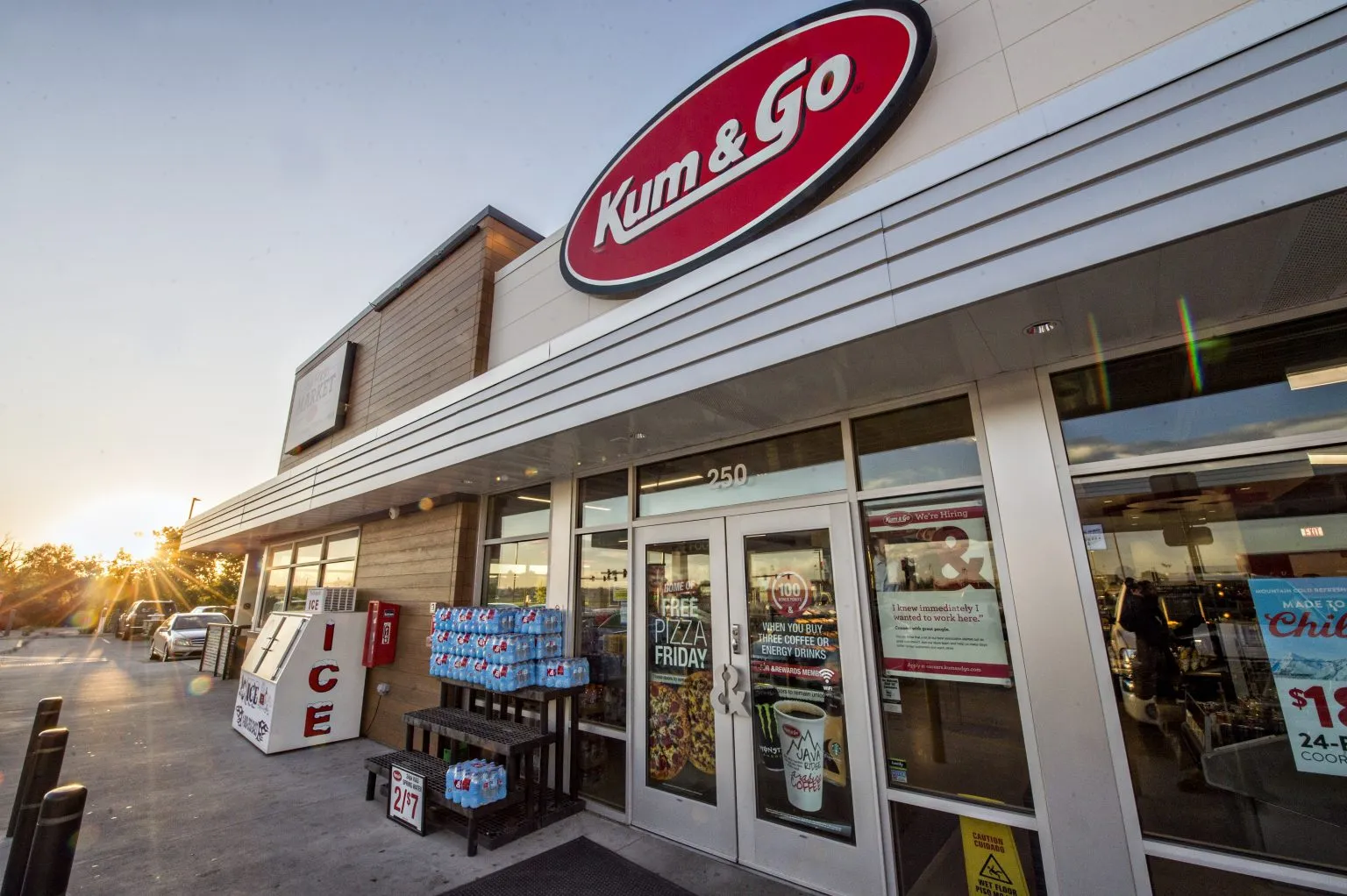
“I would expect within 10 days to two weeks we'll start to hear about people who may have come knocking,” Montgomery said.
However, even with c-stores selling for billions, Headly said he wouldn’t rule out mid-sized retailers as buyers in today’s M&A landscape, as these companies are often looking to grow their footprints by a large percentage and enter new regions of the country.
“It's a lot easier to buy than to grow from scratch in new markets where you maybe don't have brand cachet,” Headly said.
Consolidation is the name of the game
The rumors that both Kum & Go and EG America may be selling its assets underscore the fact that consolidation is quickly growing in the c-store industry.
For many c-store brands, consolidation is critical to driving profitable growth amid increasing demand for technology, EV charging and other industry disruptions, Headly said. Consolidation gives these companies more leverage, as well as more stores to help offset spending on upgrades.
“These are trends that are undeniable,” he said. “Consolidation is a key enabler to successfully combat these headwinds.”
As far as Kum & Go is concerned, if the speculation is accurate, Montgomery said he foresees a move happening, whether that be an outright sale, leaseback or refinance.
“I would expect one of the options will come through,” he said.
Despite being surprised by the news, Montgomery also said he understands why a brand like Kum & Go may be exploring a sale. When a family business has been around for so long, it’s difficult to maintain operations after generations pass and as environments change, he said.
“By the time the people who did all the founding ... are probably retired, it gets hard,” he said. “As my daughter used to say — ‘Dad, you learned to drive on a tractor, I learned to drive in a BMW.’”



